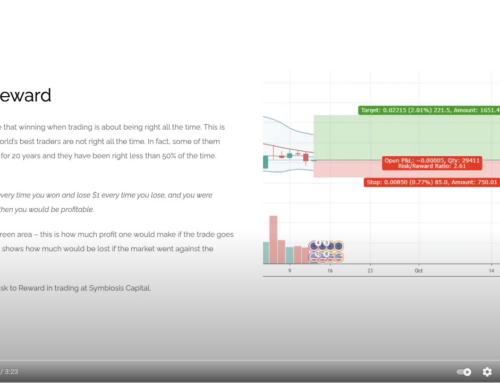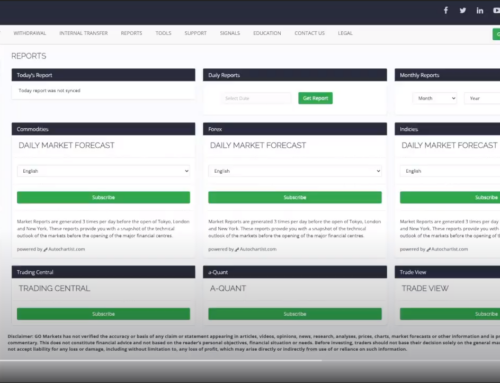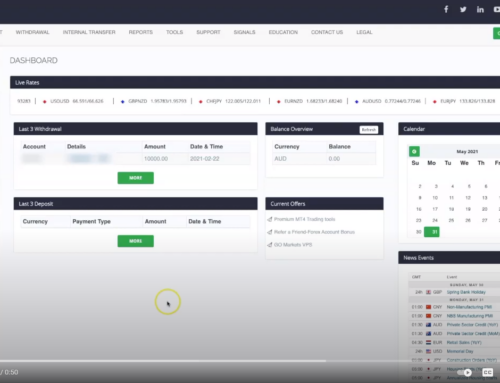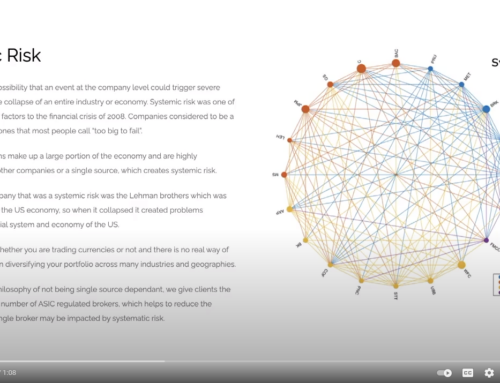All intelligent investors will look at the track record of an investment before investing. However, many people sometimes incorrectly assume the length of time an investment has is a good indication of how well it will perform in the future. Time is one factor, and statistical significance is another. Just because an investment has lasted over a number of years doesn’t mean that it’s a good investment if the statistical significance is low. When it comes to assessing a trader, statistical significance can help in assessing the potential that the trader will continue to be profitable going forward.
Of course, there are no guarantees, but, for example, trader A may have a five-year track record, and throughout those years, the trader places an average of 12 trades per year or one per month. Trader B, on the other hand, may have been trading for the same five-year period, but this trader places five trades per month. Trader A would have 300 trades at the end of five years, while trader B ends up with 1,500 trades, which is five times more or 500% more trades than trader A. This means that trader B has a far greater statistical significance. So the likelihood this trader could outperform trader A is greater, of course, with all other things being equal. Symbiosis Capital typically takes around 1,200 trades per month across 30 different currency pairs.










Leave A Comment